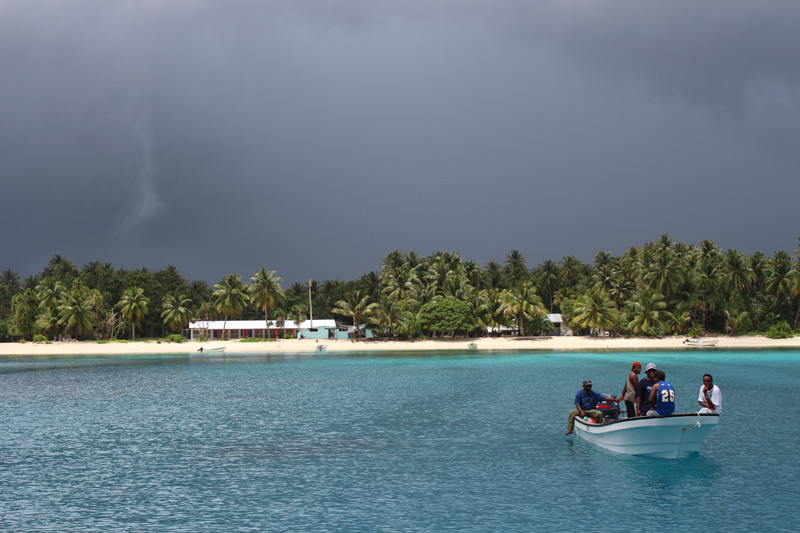
During the severe drought of 2013 in the Marshall Islands, IOM worked with USAID to get supplies through. © IOM/Joe Lowry 2013
By William Lacy Swing
The International Year of Small Island Developing States (SIDS) – 2014 – provides a gaping opportunity to take advantage of the momentum in migration and development discussions in major global policy processes: preparations for the UN post-2015 Agenda and the UN Disaster Risk Reduction Conference and the World Humanitarian Summit.
And the 3rd UN International Conference on Small Island Developing States which commences today in Apia, Samoa, promises fruitful conversations on forced displacement, on the human impacts of climate change and natural disasters, on the importance of migrant remittances to economic growth, and finally – on what this all means: the implications of labour mobility.
The International Organization for Migration’s thesis is that we live in an era of unprecedented migration, fueled by demographic changes, crises and climate changes. In this context, increased migration is not only inevitable but necessary for equitable development, and desirable if well-governed.
IOM’s own experience in Small Island Developing States (SIDS) validates the correlation between development, migration issues and environmental factors. IOM has offices in 13 SIDS countries in the Caribbean, Indian Ocean, and the Asia-Pacific region. And the three shared characteristics of SIDSs – development challenges, extreme weather events, and increased risks created by climate change – mean that migration presents SIDS with key challenges but also strong opportunities.
It is therefore particularly important to integrate migration into the preparations, deliberations and outcomes of the SIDS conference in Samoa this month.